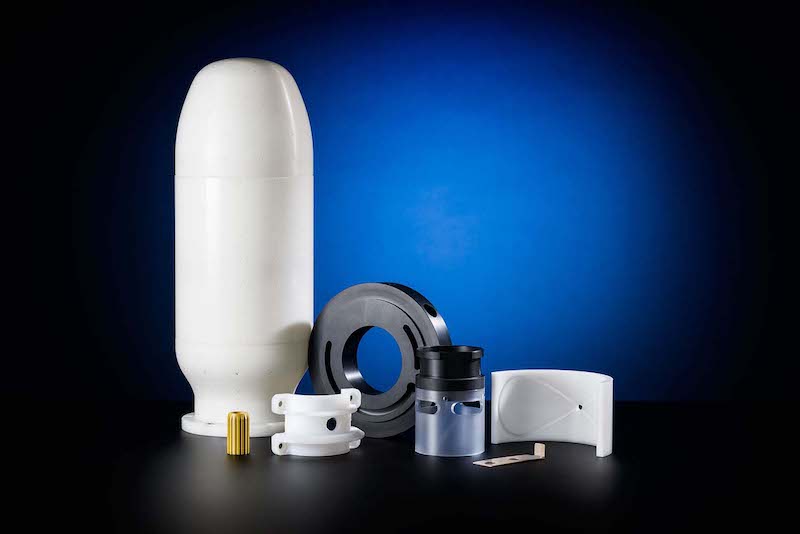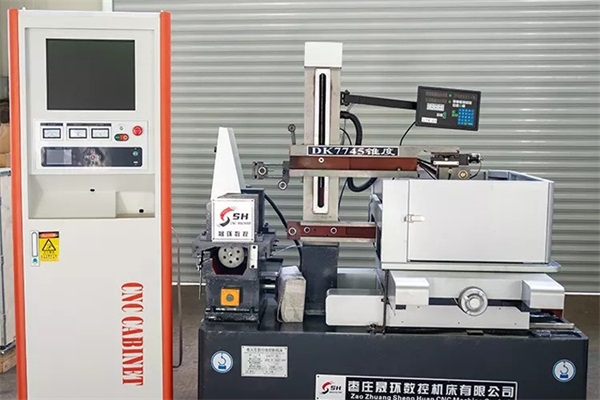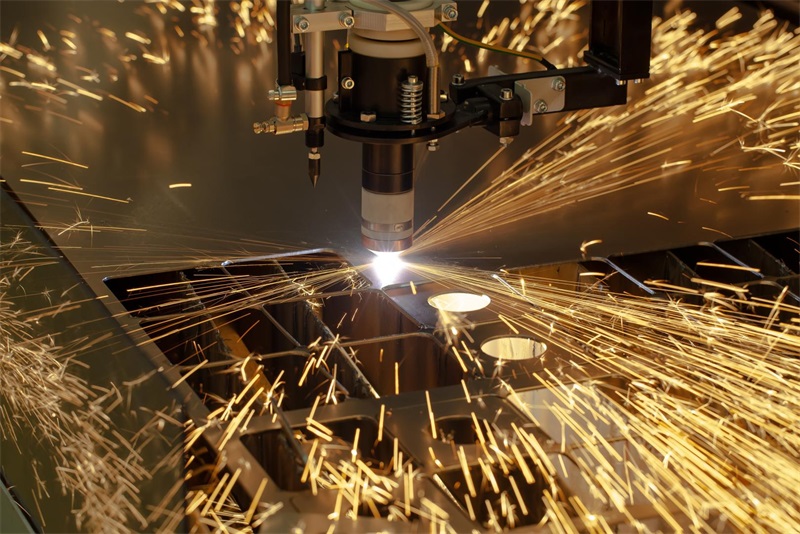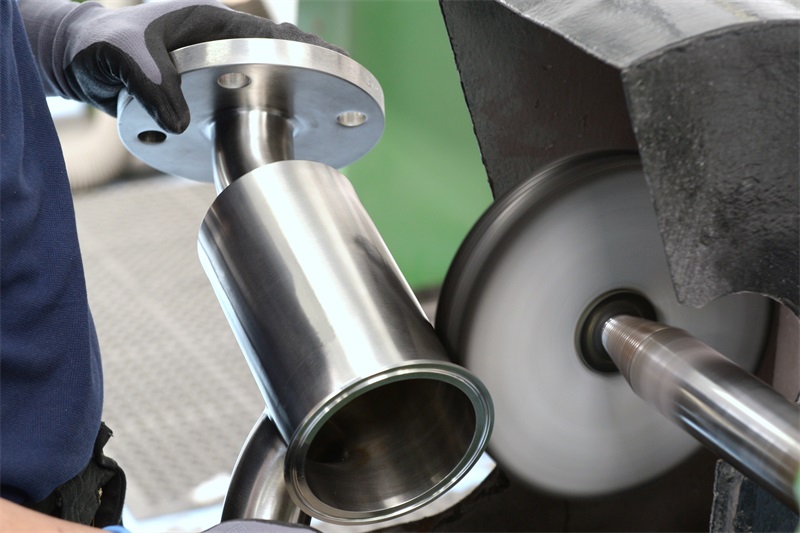Today’s manufacturing industry necessitates the usage of modern rapid manufacturing technology involving rapid tooling or mold creation and liquefied materials. Die casting might differ from injection molding, but it doesn’t mean it is better or worse. Die Casting vs. Injection Molding – Differences and Benefits Comparison, let’s have a look at this.
Table of Contents
Die Casting vs. Injection Molding – Primary Differences
Some manufacturing production methods of die-casting are distinguishable from injection molding. Here are some primary differences between die casting vs. injection molding:
Material Compatibility
Injection moulding primarily deals with plastic material. Meanwhile, die-casting deals with metals. There is a big difference in the compatible materials you can use. So, die-casting and injection molding are not swappable or replaceable between each other. The reason is that these are two different manufacturing processes for different material types and varied industrial applications.
Die Casting vs. Injection Molding: Manufacturing Process
Die casting has a more straightforward manufacturing process compared to injection molding. Die casting also has fewer tooling requirements compared to injection molding. With die-casting, molten metals can go to the die-casting mold with an open or compressed cavity shape. Meanwhile, injection molding requires a closed-cavity mold in its manufacturing process. Both production methods require high pressure to move the molten or liquid materials into the mold cavity.
Pricing
Die-casting has an overall lower pricing compared to injection molding. The reason behind the lower pricing of die casting is the simple manufacturing process and fewer tooling requirements it has. However, for the material requirements, die-casting will require you to budget more expenses for it. Die casting uses metal materials that are generally more expensive than plastic molding’s materials.
Heat resistance
Die casting will produce parts or components with more heat resistance compared to plastic molding parts or components. Why? Die-casting uses metal materials that have a higher melting point and more high-temperature tolerance than plastics. So, you can have more flexibility in your design blueprint for the die-casted parts because of the heat resistance they will have during the casting process.
Die Casting vs. Injection Molding: Surface Finishing
Injection molding offers various surface-finishing processes. Sometimes, it can be mandatory for you to apply surface finishing to the injection-molded parts or components because of the less smooth surface result. However, die-casting can give you a much smoother surface finish result by default, making it unnecessary to apply any extra surface finishing processes for the die-casted parts or components. Even so, some surface finishing options are available for die-casted products.
Die Casting Benefits Compared to Injection Molding
Die casting offers simplicity in production compared to injection molding. Die-casting is also a budget-friendly manufacturing process, which is also fast and efficient. Die-casted parts are also more durable than injection-molded parts, with a wide range of industrial applications. The flexibility in mold design and creation is also a sought-after feature of die casting. Here are some die-casting benefits compared to injection molding:
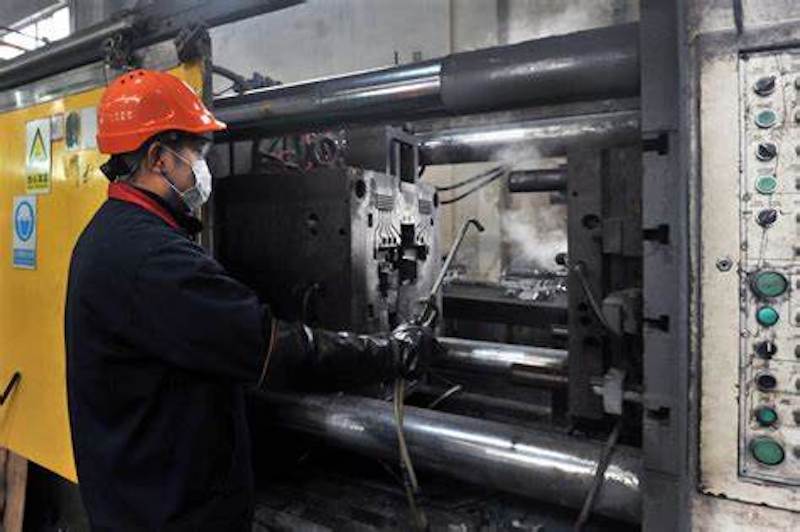
Structural Stability for Die-Casted Parts
With metals as its primary materials, die-casted products will have better structural stability than injection molding. The better structural stability factor will help you create a blueprint design for the die-casted parts with more flexibility. You can add thin walls on your die-casted parts or components without worrying that the structural integrity will weaken in the resulting die-casted products.
Compatibility with Complex Geometrical Designs
The flexibility to choose the mold type for die casting makes it possible for you to apply complex geometrical designs to your die-casted parts or components. You can use a complex or intricate design for your die-casted products without worrying that these products might take damage or get deformed during the die-casting process. It allows you to add more features to your die-casted products compared to when you use injection molding.
Best for Various Types of Environments
Die-casted products will be relevant to use in various environments and weather conditions due to their more durable structures. Die-casted parts and components are also resistant to UV rays, heat, and weather changes, which makes them ideal for outdoor and indoor applications. Injection-molded products might have similar features, but they will have certain limitations due to their weaker plastic structures.
Mold Flexibility
You can create open or closed molds with die casting, making it flexible to build simple or complex shapes for your products. This option is not accessible with injection molding, as you can only create closed molds for this method.
Die Casting vs. Injection Molding – Benefits Comparison
Injection molding offers various advantages when compared to die casting in manufacturing. This manufacturing process gives material affordability and flexibility in shaping the plastic parts or components per your requirements. There’s also the filler process that can add more strength to your plastic-molded products. Here are some injection molding benefits compared to die casting:
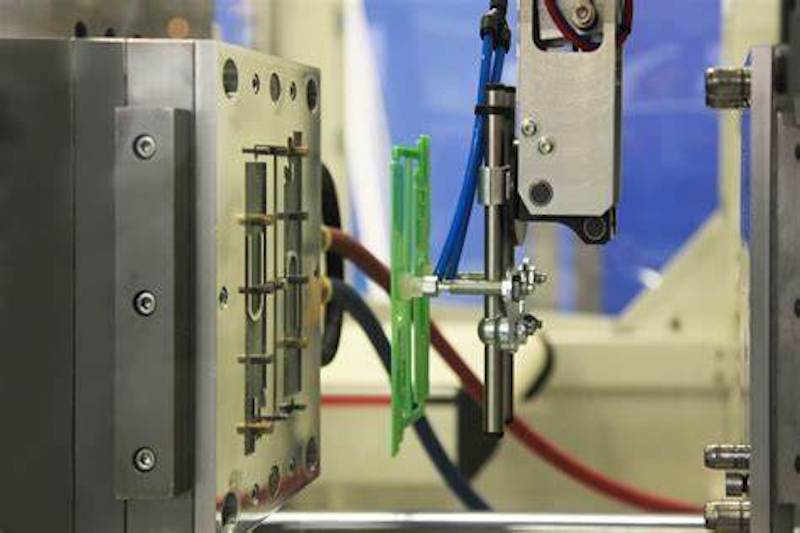
Prices and Variety of Materials
With injection molding, the pricing of materials (plastics) is cheaper than die-casting materials (metals). For high-volume production, injection molding can help minimize your production budget with lower-priced plastic materials. Meanwhile, various plastic materials are available with injection molding, each with its own grade or quality level. It gives you more flexibility in controlling your production output.
Best for Electrical Insulation
Injection-molded plastic products are perfect for electrical insulation. Meanwhile, metal-based die-casted products are excellent for electrical conduction. You can use injection molding to create plastic products that insulate electrical currents or protect electrical components or rapid prototyping parts inside. The most common industrial applications for injection molding are various containers or boxes with higher-grade electrical insulation.
Possible to Add Fillers
Sometimes, injection-molded plastics are weaker and less durable than die-casted metals. However, you can add fillers during injection molding to add more durable structures for your production results. These fillers can make your injection-molded products comparable to die-casted products for their strength and durability. You can’t do the same with die-casting.
Conclusion
Die casting and injection molding have similar production processes with similar tooling requirements. However, both production methods have their primary differences that differentiate between each of them. Die-casting and injection molding use molten materials in their production plan, but the resulting products will differ due to different material types. Both of them can be applied in rapid prototype services and low volume manufacturing services. Take advantage of die-casting and injection molding for your next production plan, depending on your project requirements. TEAM Rapid offers these 2 processes to meet your project needs, Contact us today to request a free quote now!
